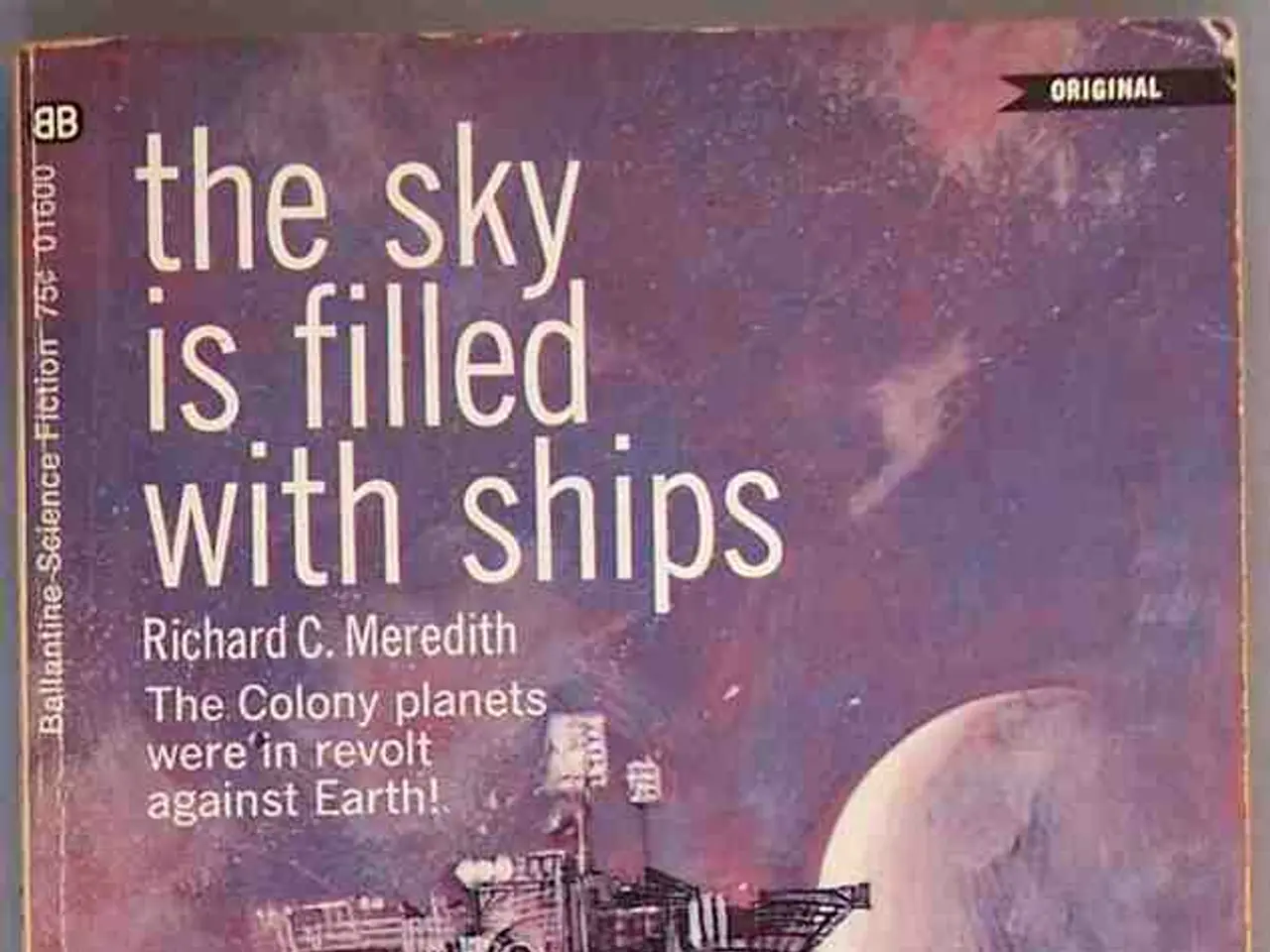Space Telescope James Webb reveals 300 objects with puzzling brightness. Are these celestial bodies like galaxies, or are they some other enigma?
The University of Missouri researchers, using the James Webb Space Telescope (JWST), have made a groundbreaking discovery of 300 unusually bright objects in the distant universe. These objects, detected through infrared imaging, challenge current models of galaxy formation in the early universe.
The JWST's Near-Infrared Camera and Mid-Infrared Instrument were designed to detect extremely distant objects by observing light stretched into the infrared by cosmic expansion. These recently discovered objects exhibit an unusually high brightness for such early epochs, when star and galaxy formation was thought to be much slower, and galaxies were expected to be faint and small.
To infer redshift, age, and mass, the research team analyzed the objects' brightnesses across multiple wavelengths. The higher the redshift, the closer the galaxy is to the beginning of the universe. The brightness of these objects is far greater than current models of early galaxy formation predict, indicating that they are extremely distant, showing the universe as it was more than 13 billion years ago.
The team used a method called the "dropout" technique to discover these objects. This method detects objects that appear in redder wavelengths but vanish in bluer, shorter-wavelength images. The light from the early galaxies discovered by the JWST stretches into longer wavelengths as it travels, shifting from visible light into infrared.
If even a few of these bright objects are confirmed as galaxies from this early period, it would force scientists to reconsider galaxy formation theories, possibly requiring new understanding of how rapidly stars and galaxies could form or the processes driving early cosmic structure formation.
The discovery raises questions about whether current cosmological models adequately capture the tempo and mechanics of structure building in the early universe. If confirmed as genuine early galaxies, these objects could reshape our understanding of cosmic evolution, star formation, and galaxy buildup during the universe’s first billion years.
The JWST's observations since it began observing the cosmos in 2022 continue to add to the growing list of transformative discoveries. The exact nature of these objects is not yet certain, but their potential as early galaxies could revolutionise our understanding of the universe's early history.
The JWST's observations have also sparked an interest in the field of health-and-wellness, as scientists ponder the implications of these discoveries for our understanding of human origins.
The brightness of these objects suggests that star and galaxy formation might have occurred at a quicker pace than previously thought, which could influence travel plans in space-and-astronomy, as it could lead to discovering more celestial bodies in the distant universe more efficiently.
Furthermore, the groundbreaking discovery by the University of Missouri researchers in science could inspire news stories about a potential redefinition of our understanding of the universe's history and evolution, with these unusual objects playing a significant role in this new narrative.




